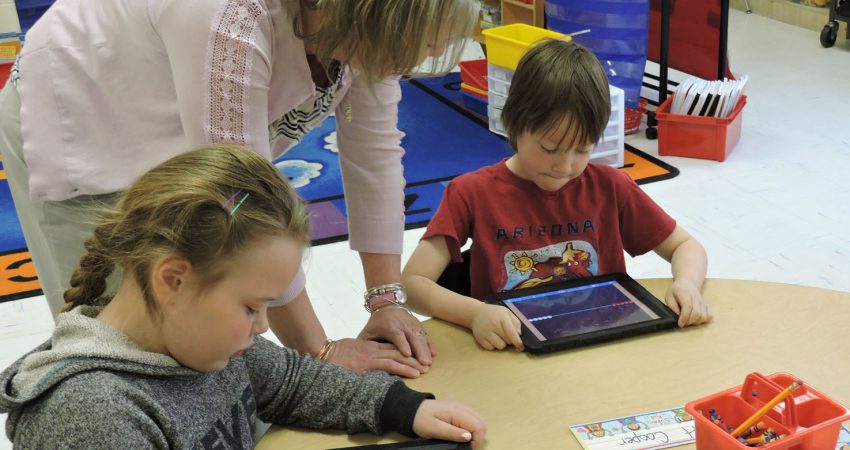
By Benally, S., & Wingert, K - February 2014
PAPER CITATION
Sandoval, W. A., & Reiser, B. J. (2004). Explanation-driven inquiry: Integrating conceptual and epistemic scaffolds for scientific inquiry. Science Education, 88(3), 345–372. doi:10.1002/sce.10130
Research Design
The past 50 years have seen a change in how science is perceived, from an “unproblematic accumulation of facts that describe the world” to a much messier enterprise involving building and revising models and theories. In an effort to bring this new understanding to science teaching and learning, this foundational article presents a conceptual framework of how inquiry can be driven by cognitive tools that support disciplinary knowledge. The authors use rubrics to help students gain a deeper understanding of their work and of the inquiry process.
Sandoval and Reiser examined how teen-aged students used an educational computer program—ExplanationConstructor—to help them draw theoretical conclusions. This study was conducted according to design-based research guidelines, so researchers worked directly with teachers over a two-year cooperative iteration with the goal of improving student argumentation.
In the first year, students connected their evidence to explanations to write causal claims. For example, the students used their understanding of natural selection to explain the survival patterns of Galapagos finches. The available evidence often supported competing explanations, so students had to argue for their claim authentically, as real scientists would. In the process, ExplanationConstructor required students to think about what “counts” as evidence in science.
During the second year, the researchers and teachers decided to focus on helping students to use more data in their explanations and to be more reflective. In order to encourage students to use more data, the researchers modified ExplanationConstructor to list the available evidence on screen, thus making the evidence more explicit. Students used a rubric to reflect in more detail on how they reached conclusions. These interventions were ultimately successful in improving students’ explanations and their attention to their own thinking.
Implications for Practice
Although this article was written ten years ago, argumentation and inquiry are still in the science education spotlight. The Next Generation Science Standards list these skills among their eight practices (NGSS Lead States, 2013). Science educators will surely continue to focus on improving evidentiary reasoning, argumentation, and inquiry. Sandoval and Reiser have paved the way by offering solutions that work: They have shown that making evidence, claims, and reflection explicit can help students engage in more inquiry.
Although use of the computer program was responsible in this study for helping students engage in science practices, educators can use other means to provide a clear task structure and make reasoning explicit. For example, practitioners and program designers can use displays, bulletin boards, and careful language to make reasoning public and explicit, thus promoting inquiry and strong argumentation skills.
Theoretical Basis
This article is grounded in sociocultural learning theory and the science education literature. Together, these two research bases make strong empirical and theoretical arguments for incorporating science practices like inquiry and argumentation instead of relying on rote recitation of facts. This emphasis on science practices is part of a larger epistemological shift toward helping students become participants in authentic science. Two of the key theorists of the idea of learning as participation in authentic activity are Jean Lave and Etienne Wenger (1991).
References
Lave, J., & Wenger, E. (1991). Situated learning: Legitimate peripheral participation. Cambridge, UK: Cambridge University Press.
NGSS Lead States. (2013). Next generation science standards: For states, by states. The National Academies Press. Retrieved from http://www.nextgenscience.org/




